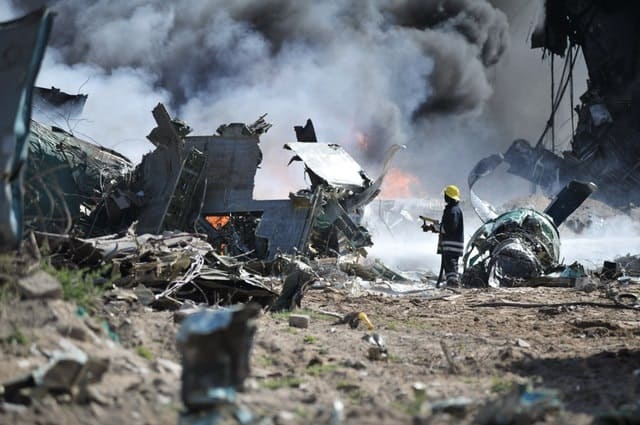The number of accidents that involve trucks has increased by 20 percent in the U.S. over the past 20 years. Truck accidents only make about three percent of motor vehicle accidents. However, those accidents cause much more serious injuries and damages than other accidents in traffic. This is because of the heavy weight and large size of trucks.
It’s essential to understand some facts about trucking accidents. Thus, it’s important to determine the reason for a truck accident, the load, trailer, as well as the relationship between entities and persons connected to the vehicle.
Trucking accidents result from a variety of reasons. It can be anything from aggressive company deadline to a driver’s error. Yet, the most common reasons for trucking accidents include:
- Speeding, i.e., inappropriate speed for the specific road conditions
- Equipment problems such as brake failure, defective steering, tire wear, transmission failure, etc.
- Talking on a cell phone while driving
- Texting or messaging while driving
- Fatigue and sleep deprivation
It is too dangerous to overload a truck. Therefore, it’s important to know how much load a particular truck can haul. The maximum permissible weight mostly depends on the truck size. For instance, two axle or tandem trucks can haul/carry a maximum of 34,000 pounds while the single axle trucks can haul a maximum of 20,000 pounds. The information about what burden was in a truck before an accident occurred is sometimes a key part of the investigation.
When it comes to the truck and tractor trailer accidents, it typically involves a lot of insurance issues and complex liability. As you already know, tractor and truck trailers usually require separate insurance. Whether you are a driver of truck/tractor with a trailer or an injury lawyer dealing with truck accidents, it’s good to learn more about truck and tractor trailer accidents. The more facts you know, the better for you.
When a truck accident happens, one of the main questions is who is at fault. Determining the fault and culprit could be a daunting task in some traffic accidents. This is especially true when there’s a complex web of persons involved in traffic accident. It could be the driver of the truck, truck or trailer owner, company or person who leased the truck, truck manufacturer, loader or shipper of the truck’s cargo,… The list of possible culprits goes on.
Likewise, it’s sometimes hard to determine the faults of an accident. Unsafe road conditions and mechanical malfunctions are some of the common failures. In more complicated cases, it’s necessary to dig deeper in order to determine the fault.
Gone are the days when the trucking companies could avoid liability for truck accidents. They did it by making the safe distance between the vehicles, drivers and themselves. Fortunately, federal regulations and laws have managed to disable those tricky arguments in the most countries. The current federal law charges all the companies that own a trucking permit for traffic accidents. This involves the trucks that have either the name or placard displayed on the vehicle.
How to prove liability in a truck accident? One way is to show that the trucking company or driver broke the law — so-called negligence per se legal concept. It’s also possible to prove liability by showing the truck company has neglected something responsible for the accident. Maybe the company hired a bad driver. If so, try to check it out. Liability determination is crucial in any traffic accident, including the truck accidents.




